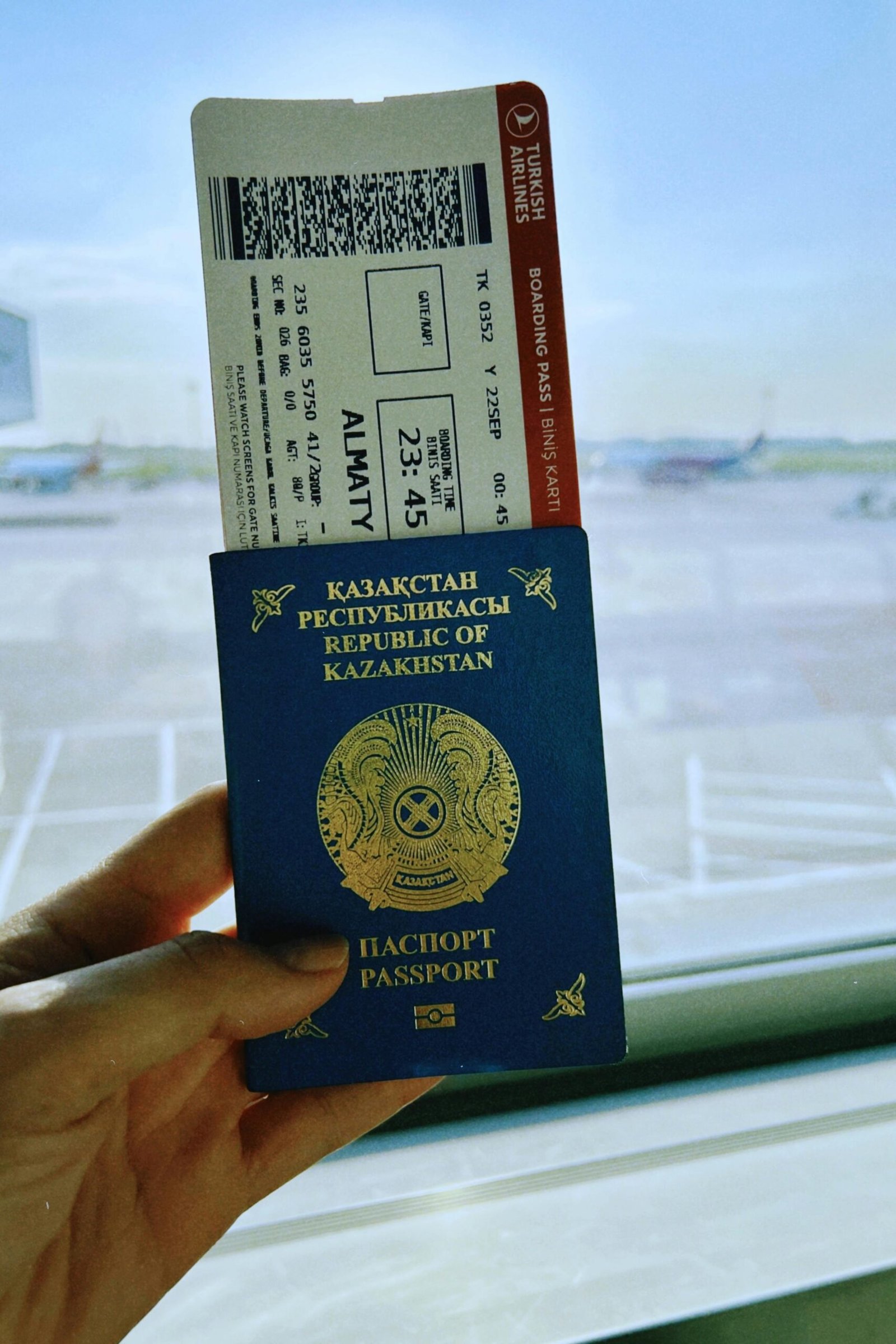For many immigrants, obtaining a visa marks the beginning—not the end—of their journey. The real challenge lies in cultural and social integration where individuals must adapt to new ways of life, connect with different communities, and establish a sense of belonging in unfamiliar environments. A successful integration process contributes significantly to personal well-being, career development, and long-term success abroad.
Why Cultural Integration Matters

Moving to a new country involves more than just a change in location. It requires adapting to different customs, communication styles, social expectations, and in some cases, even learning a new language. Cultural integration is crucial because it:
-
Promotes Social Inclusion: Helps immigrants feel a sense of belonging and avoid isolation.
-
Improves Employment Prospects: Enhances workplace communication and professionalism.
-
Fosters Mental Well-Being: Reduces stress, anxiety, and culture shock.
-
Encourages Community Engagement: Builds trust and mutual understanding between locals and immigrants.
Key Strategies for Successful Cultural Integration
1. Learn the Local Language
Language is the foundation of communication. Immigrants should actively invest in learning the primary language spoken in their new country. This enhances day-to-day interactions, job opportunities, and overall confidence.
-
Tip: Join language classes, practice with locals, or use language-learning apps.
2. Understand Cultural Norms and Etiquette
Each country has its own unspoken rules—how to greet people, how to dress, and what’s considered respectful. Take time to learn about these norms to avoid misunderstandings and build positive relationships.
-
Tip: Attend cultural orientation sessions, read local news, or watch local media to get a sense of social behavior.
3. Engage in Community Activities
Getting involved in local events, volunteer programs, or community centers is a great way to meet people and practice social integration in real life.
-
Tip: Look for clubs, sports, or religious gatherings that align with your interests.
4. Respect and Embrace Differences
Cultural integration doesn’t mean losing your identity. It’s about finding a balance between embracing the new culture while maintaining your roots.
-
Tip: Share your traditions with others and be open to learning theirs—it’s a two-way street.
5. Build a Support Network
Connecting with fellow immigrants and locals can ease the emotional and social burden of transition. It helps to have a circle that understands your journey and can offer practical advice.
Tip: Use social media, forums, or immigrant networks to find like-minded individuals.
Key Strategies for Successful Cultural Integration
1. Learn the Local Language
Language is the foundation of communication. Immigrants should actively invest in learning the primary language spoken in their new country. This enhances day-to-day interactions, job opportunities, and overall confidence.
-
Tip: Join language classes, practice with locals, or use language-learning apps.
2. Understand Cultural Norms and Etiquette
Each country has its own unspoken rules—how to greet people, how to dress, and what’s considered respectful. Take time to learn about these norms to avoid misunderstandings and build positive relationships.
-
Tip: Attend cultural orientation sessions, read local news, or watch local media to get a sense of social behavior.
3. Engage in Community Activities
Getting involved in local events, volunteer programs, or community centers is a great way to meet people and practice social integration in real life.
-
Tip: Look for clubs, sports, or religious gatherings that align with your interests.
4. Respect and Embrace Differences
Cultural integration doesn’t mean losing your identity. It’s about finding a balance between embracing the new culture while maintaining your roots.
-
Tip: Share your traditions with others and be open to learning theirs—it’s a two-way street.
5. Build a Support Network
Connecting with fellow immigrants and locals can ease the emotional and social burden of transition. It helps to have a circle that understands your journey and can offer practical advice.
-
Tip: Use social media, forums, or immigrant networks to find like-minded individuals.
How SwiftPass Global Supports Cultural Integration
At SwiftPass Global, we understand that immigration is not just a legal process—it’s a personal and social transformation. Our commitment goes beyond securing your visa; we are your partners in adapting to life abroad. Here’s how we help:
✅ Pre-Departure Orientation
We offer customized cultural briefings to prepare clients for life in their destination country—covering language basics, social customs, legal rights, and local services.
✅ Post-Arrival Support
Our post-arrival guidance includes helping clients access local resources, register with essential services (such as healthcare and banks), and connect with integration programs.
✅ Language & Learning Resources
We provide recommendations for reputable language schools, learning platforms, and community education programs.
✅ Networking & Mentorship
SwiftPass connects new immigrants with local mentors, community leaders, and support groups to help them build meaningful relationships and navigate early challenges.
✅ Corporate & Student Support
For professionals and students, we offer guidance on workplace or campus culture, ensuring smoother academic or career integration.
Final Thoughts
Cultural integration is an essential part of a successful immigration journey. It’s about building bridges, embracing change, and finding your place in a new environment. While the adjustment takes time and effort, the reward is a fulfilling, well-rounded experience in your new home. At SwiftPass Global, we’re here to guide you every step of the way—because your success abroad goes far beyond visa approval.